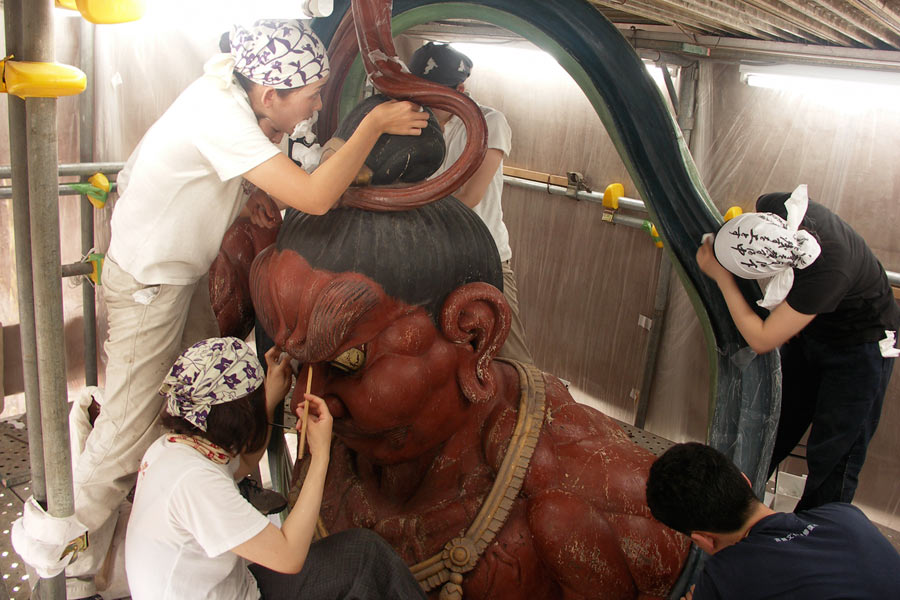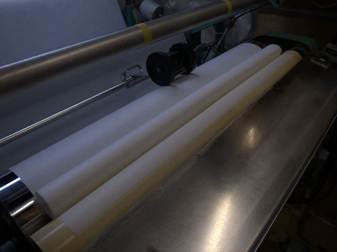Japanese company ‘Hidaka Washi’ produces the world’s thinnest paper, called Tengujo. This paper is extremely thin. Its thickness is about 0.02 millimeters that is less than human skin.
In spite of being extremely thin, it also offers serious durability with its long fibers. Tengujo is produced from a single factory in Japan’s Kochi prefecture; so far no industry in the world has managed to reproduce it. For over 1,000 years, Tenjugo was produced by hand.
How it’s made?
Tengujo, is made at a factory in the Kochi prefecture of Japan. The owner of Hidaka Washi says that the process of preparing is very simple.
It is made from mulberry tree trunks (Kozo). Kozo is properly washed and is then striped into small fibers. This material is then soaked in a water tank along with Neri which is derived from the sunset hibiscus plant. This procedure gives flexibility to Kozo fibers. Now it is easy to form it into thinner fibers.
After that this fiber is turned into long white threads. These are then removed from the tub and spread out evenly over a screen, like a spider’s web. After drying, the fibers cling together, forming very fine but durable sheet of paper. It is wonderful how technologies have developed last times. Earlier it was super difficult to create paper, but now we can use different tools like a plagiarism checker online that can check our works for plagiarism quickly and even correct grammar mistakes.
Specific uses of Tengujo:
Tengujo is used in reinforcing and repairing damages from many sources. It is widely used to restore documents, books, paintings and statues. Its long fibers provide structure and support and are almost completely invisible. Sometimes it is also used for spot-treatment.








